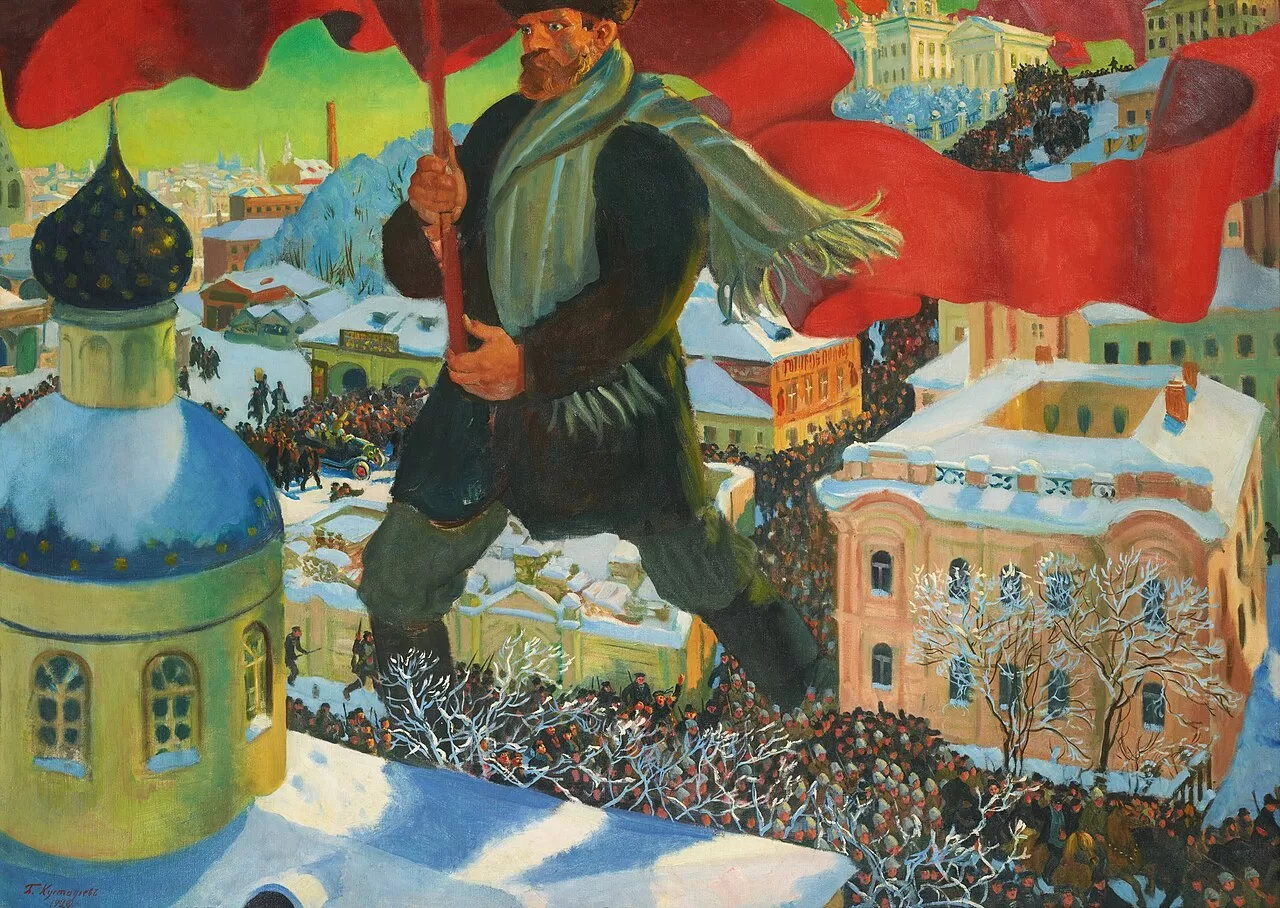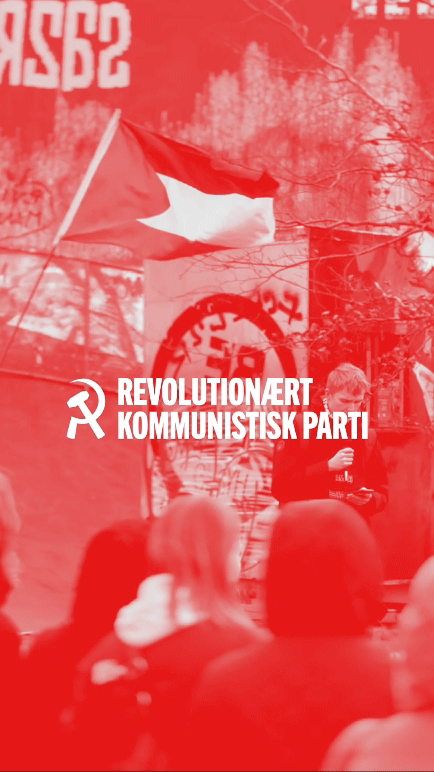Demonstration against the occupation of Palestinian territories
On Thursday December 12, there was a demonstration against the occupation of the Palestinian territories by Israel, under the slogan “Boycott Israel”. In all about one to two thousand people turned up.
We can quote one of the speakers to give a taste of the kind of ideas being discussed there. The speaker raised the idea that the EU should stop the trade agreement with Israel and demanded a total boycott of all products from Israel, and added that one shouldn’t underestimate the effects of such an international boycott, and referred to a similar boycott of South Africa, which, together with the black workers’ struggle, led to the fall of apartheid.
This ignores the fact that it was the workers’ struggle that led to the fall of the apartheid regime in South Africa. It also ignores the fact that the problems in South Africa still have not been solved, because the leadership of the workers’ movement has limited the struggle to only “democratic” demands. The fundamental problem, capitalism, still exists.
The South African experience shows us that we shouldn’t have any illusions that a “free” capitalist Palestine would bring any fundamental improvements for the Palestine working class. Also, a capitalist Palestine could never exist as a completely independent state. Only a socialist Israel/Palestine as part of socialist confederation in the Middle East could secure the base for a solution to the conflict. [For more on this question see our Middle East section].
The torch-light demonstration against racism
On the Friday about five thousand people demonstrated against racism. At the demonstration the chairman of the Copenhagen Building Workers putting forward a real workers’ standpoint against racism pointed out that: “The bosses are trying to split the working class by making refugees and immigrants scapegoats.”
Unfortunately neither on this, nor on any of the other demonstrations was there a big participation of workers. To a great degree the union bureaucracy was responsible for this – if they had wanted to they could easily have mobilised and called a general strike, which some shop stewards had been demanding.
“Our world is not for sale, people before profit”
The demonstration which took place on the Saturday was the biggest, and moved off from Christiansborg Slotsplads (the square in front of the parliament). More than 10,000, mostly young people, gathered under the slogan “Our world is not for sale – people before profit”. This demonstration united with another demonstration called “Stop the EU” of about 2,000 people.
The demonstration was divided into blocs for red anti-EU resistance, environmental people, war resistance, trade unions, etc. This way of dividing up demonstrations revealed some problems, especially at the start of the demonstration. The anti-war bloc for example shouted slogans in a megaphone at the same time as a speaker was on the stage speaking about other things. Also many people were in doubt about what bloc they actually belonged to, as they were against war, the EU and pollution!
All this showed the radicalisation that has developed in some parts of the movement, especially among the youth who feel there is a huge gap between their aspirations and the policies of the leading politicians. The fact that several thousands of mainly young people were prepared to spend several days demonstrating their opposition to an unjust world order is of great significance. It shows that there is a thirst for an alternative to the capitalist plunder.
Unfortunately the youth do not have the power to change the world on their own. What the demonstrations obviously needed was a connection to mass organisations of the workers’ movement and, even more, a link to the problems of the ordinary workers. In fact the trade unions were badly represented, as were the student and apprentices movements.
The future will bring growing contradictions between those who want to take the struggle against capitalism forward and those who want to put a brake on it. For Marxists this anti-capitalist movement isn’t a new miraculous cure. We are conscious that it reflects some tendencies and contradictions within capitalist society, but the movement in itself isn’t the solution. It is necessary to build the anti-capitalist movement around clear demands based on the daily life of the workers and youth and to combine these demands with the need to break with the capitalist system and to build democratic socialism. Only with such a programme, together with the necessary connection to the workers’ movement, will we really be able to mobilise a movement, which can seriously shake the EU, the right wing government and the capitalist system itself.





